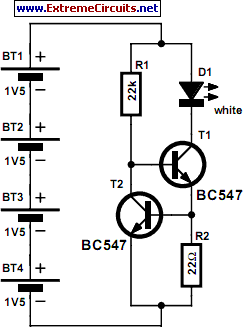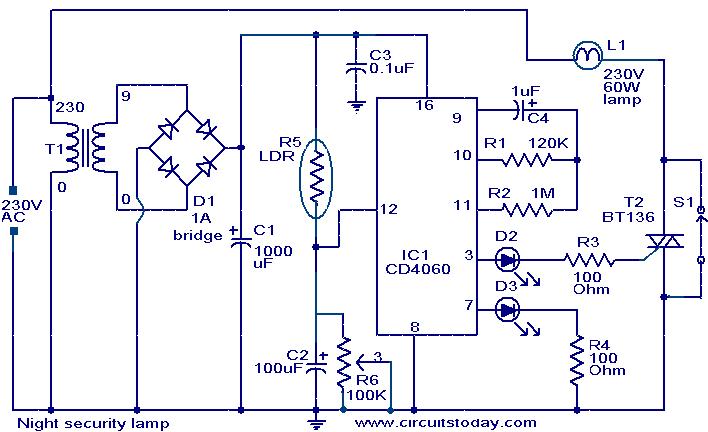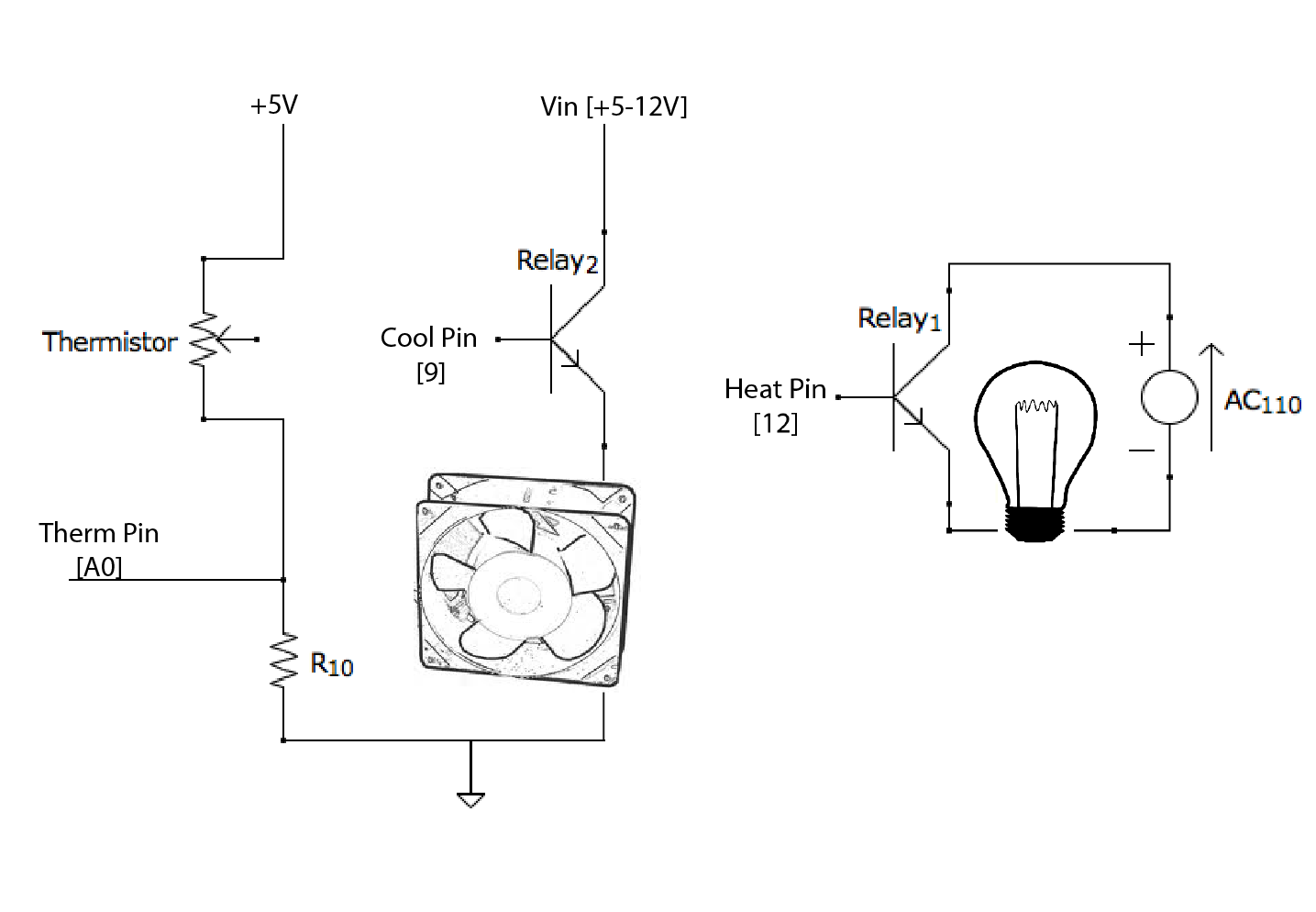
LED Light Pen

Physicians and repair engineers often utilize small light pens for visual examination purposes. While these pens are rugged and can be expensive, their weak point is the bulb, which is a serviceable part. In practice, this often translates to the bulb being costly or nearly impossible to find when needed. LEDs have a significantly longer lifespan than bulbs, and the latest ultra-bright white LEDs also provide higher energy-to-light conversion efficiency. However, LEDs require a small electronic helper circuit known as a constant-current source to operate optimally. In this circuit, T1 and R1 are responsible for switching on the LED. R2 functions as a current sensor, with T2 shunting off most of T1's base bias current when the voltage across R2 exceeds approximately 0.65 V. The constant current through the white LED is calculated using the formula R2 = 0.65 / I_LED. With some skill, the entire circuit can be constructed to be the same size as an AA battery, with four button cells replacing the AA battery that was previously used in the light pen.
The described circuit represents a compact and efficient solution for replacing traditional bulbs in light pens with modern LEDs. The use of a constant-current source is critical in ensuring that the LED operates within its optimal current range, thereby maximizing its lifespan and efficiency.
The transistor T1 functions as a switch, turning the LED on when a voltage is applied. Resistor R1 limits the current flowing into the LED to prevent damage. Resistor R2 serves as a feedback mechanism; it monitors the current flowing through the LED and generates a voltage drop. When this voltage exceeds 0.65 V, it triggers transistor T2 to divert some of T1's base current, effectively regulating the current through the LED. This feedback loop maintains a constant current, which is essential for LED performance.
The design allows for the integration of four button cells, providing a compact power source that fits within the existing constraints of the light pen's housing. This adaptation not only enhances the portability of the device but also ensures longer operational life due to the improved efficiency of LEDs over traditional bulbs.
Overall, this circuit exemplifies how modern electronic components can enhance the functionality and reliability of traditional medical tools, ultimately improving the user experience and operational efficiency in clinical settings.Physicians and repair engineers often use small light pens for visual examination Spurposes. Rugged and expensive as these pens may be, their weak point is the bulb, which is a serviceable` part. In practice, that nearly always equates to expensive` and / or impossible to find` when you need one.
LEDs have a much longer life than bulbs and the lat est ultra bright white ones also offer higher energy-to-light conversion efficiency. On the down side, LEDs require a small electronic helper circuit called constant-current source` to get the most out of them. Here, T1 and R1 switch on the LED. R2 acts as a current sensor with T2 shunting off (most of) T1`s base bias current when the voltage developed across R2 exceeds about 0.
65 V. The constant current through the white LED is calculated from R2 = 0. 65 / I LED With some skill the complete circuit can be built such that its size is equal to an AA battery. The four button cells take the place of the other AA battery that used to be inside the light pen. 🔗 External reference
The described circuit represents a compact and efficient solution for replacing traditional bulbs in light pens with modern LEDs. The use of a constant-current source is critical in ensuring that the LED operates within its optimal current range, thereby maximizing its lifespan and efficiency.
The transistor T1 functions as a switch, turning the LED on when a voltage is applied. Resistor R1 limits the current flowing into the LED to prevent damage. Resistor R2 serves as a feedback mechanism; it monitors the current flowing through the LED and generates a voltage drop. When this voltage exceeds 0.65 V, it triggers transistor T2 to divert some of T1's base current, effectively regulating the current through the LED. This feedback loop maintains a constant current, which is essential for LED performance.
The design allows for the integration of four button cells, providing a compact power source that fits within the existing constraints of the light pen's housing. This adaptation not only enhances the portability of the device but also ensures longer operational life due to the improved efficiency of LEDs over traditional bulbs.
Overall, this circuit exemplifies how modern electronic components can enhance the functionality and reliability of traditional medical tools, ultimately improving the user experience and operational efficiency in clinical settings.Physicians and repair engineers often use small light pens for visual examination Spurposes. Rugged and expensive as these pens may be, their weak point is the bulb, which is a serviceable` part. In practice, that nearly always equates to expensive` and / or impossible to find` when you need one.
LEDs have a much longer life than bulbs and the lat est ultra bright white ones also offer higher energy-to-light conversion efficiency. On the down side, LEDs require a small electronic helper circuit called constant-current source` to get the most out of them. Here, T1 and R1 switch on the LED. R2 acts as a current sensor with T2 shunting off (most of) T1`s base bias current when the voltage developed across R2 exceeds about 0.
65 V. The constant current through the white LED is calculated from R2 = 0. 65 / I LED With some skill the complete circuit can be built such that its size is equal to an AA battery. The four button cells take the place of the other AA battery that used to be inside the light pen. 🔗 External reference





